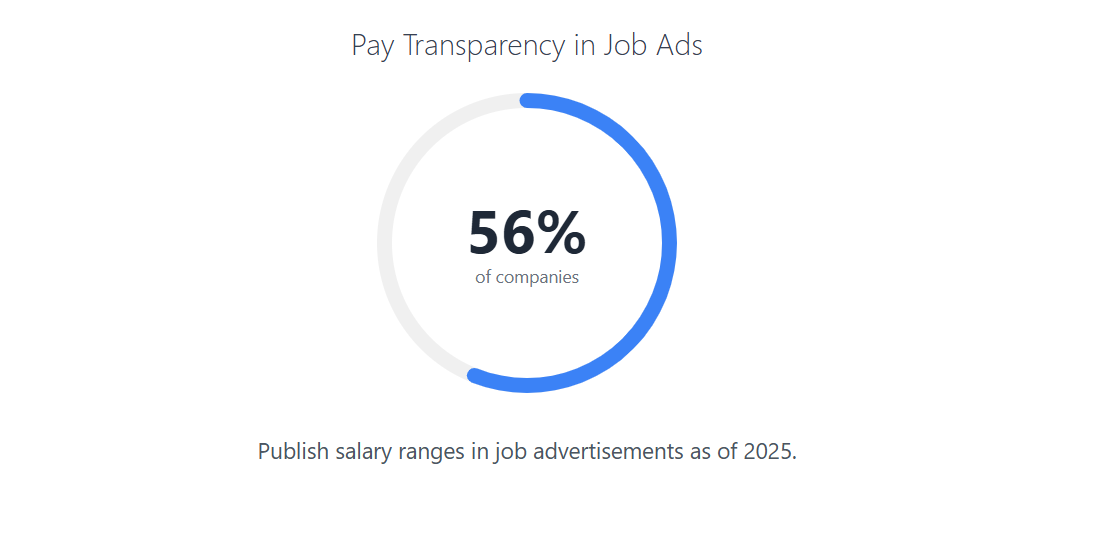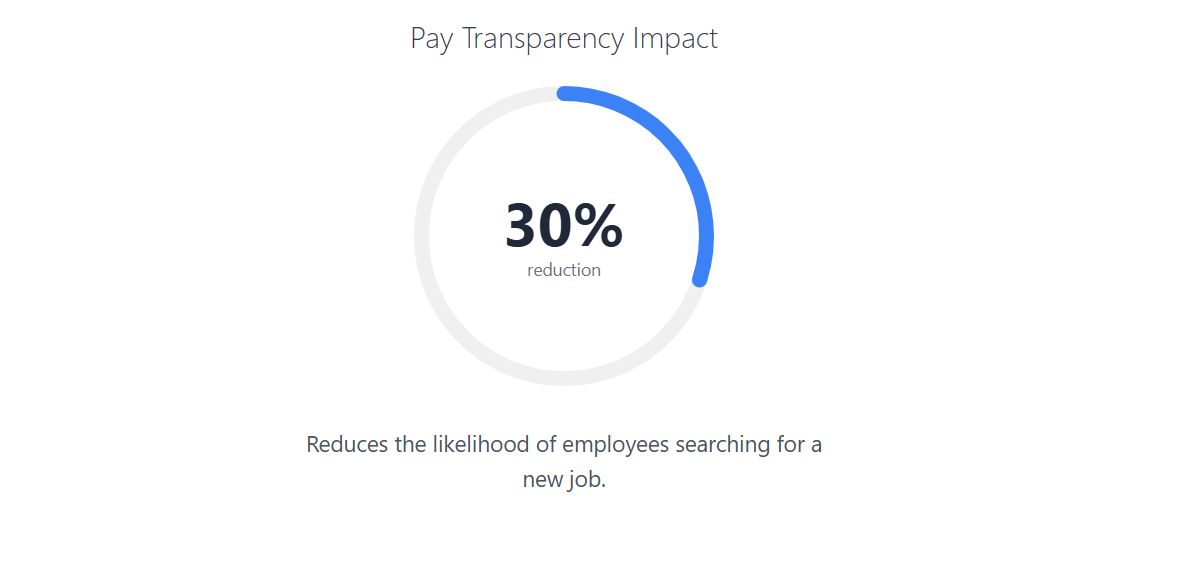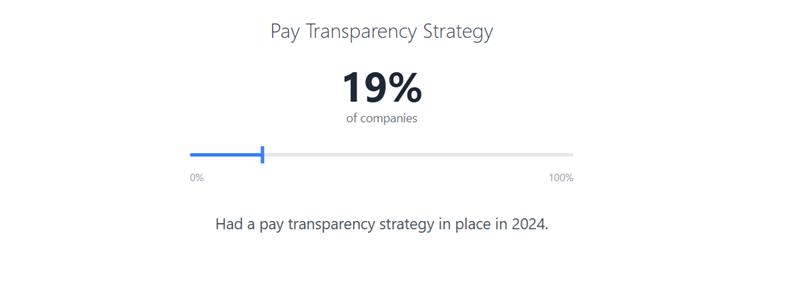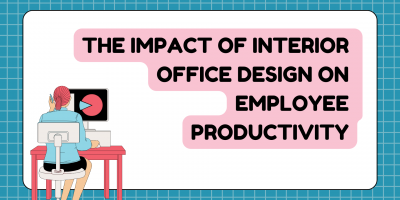
Gen Z & Bare Minimum Monday
Can lower productivity lead to better engagement? Here’s what the latest Gen Z-driven workplace trend means for the future of work.


CEO & Founder, Blogger, Speaker, Podcaster, Omniconvert

Chief Finance Officer, Culture.org

Founder of Best Trade Schools LLC

Chief Operating Officer, Ocean Recovery
Scroll through LinkedIn or Indeed job ads, and you might notice something unusual: salary ranges are no longer kept a secret.
For decades, discussing compensation information openly was seen as taboo, but this is no longer the case.
Why the shift? It is partly due to the momentum of new laws and partly because employees are demanding fairness and clarity around their pay.
As of 2025, at least 15 U.S. states and localities have enacted pay transparency laws that require or encourage disclosing salary ranges.
But what does this change mean for HR professionals and business leaders?
This article provides a clear overview of pay transparency and how a new wave of laws aims to challenge the decades-old practice of pay secrecy.
So, what is pay transparency?
In layman’s terms, pay transparency means openly sharing information about how much employees earn, rather than keeping salaries a secret.
But pay transparency is not limited to just salaries, as it also includes:
Historically, most employers avoided disclosing pay details, and many even had problematic “pay secrecy policies” to discourage salary discussions.
The assumed reason was that more openness would create tension, competition, or resentment among employees.
However, greater transparency gives employees context about how their pay is determined and where they stand.
According to a survey by Payscale, 56% of companies are publishing pay ranges in job ads as of this year.

Unsurprisingly, as transparency has gained momentum, so has the focus on pay equity.
In fact, 57% of organizations now report pay equity analysis as a current or planned initiative, a rise from 38% in 2020.
But what is pay equity, and how is it different from transparency?
Often, employers and stakeholders use them interchangeably, but these terms are not the same.
Pay equity means equal pay for equal work.
In other words, pay equity is about ensuring that employees in similar roles with similar experience are paid fairly, regardless of gender, race, or other factors.
Pay transparency, on the other hand, is about the disclosure of pay information.
An organization can be transparent about pay and still have equity issues to fix, but transparency makes it much easier to identify and address them.
So, pay equity is the goal, while pay transparency is one of the “tools” used to reach it.
The move toward pay transparency has been gradual.
Momentum began building in the 1900s and culminated with the enactment of the Equal Pay Act of 1963. Although this was a foundational step, progress has been slow, and significant wage gap disparities remain to this day.
Recognizing this, some states and cities in the U.S. have introduced pay transparency laws to different degrees.
So, what states have pay transparency laws?
More than 15 states and local jurisdictions have introduced their own pay transparency laws, such as:
Based on the complexity and structure of existing laws, states generally fall into two categories:
Let’s look at each category and some examples of states.
States in this group require proactive disclosure of salary information, usually by including pay ranges in job advertisements or postings.
Examples include Colorado, California, Washington, New York, and Illinois, among others.
State pay transparency laws differ in the details, like what pay information must be shared, when it has to be provided, and how the rules are enforced.
For example, Colorado requires job postings to include not just the pay range, but also a general summary of benefits and other compensation.
Meanwhile, California only requires employers to list the pay scale, without mentioning benefits or additional pay.
Most of these laws also prohibit employers from asking about an applicant’s salary history to further promote fair pay.
Other states with broad requirements include Hawaii, Massachusetts, Minnesota, New Jersey, Vermont, and Washington D.C. (though not a state, D.C.’s law also mandates listing salary ranges).
The second category of laws involves partial transparency measures.
These states don’t require salary info to be posted upfront, but they do require employers to share pay information at a candidate’s or employee’s request.
The idea is that an applicant shouldn’t be kept in the dark about pay if they ask about it.
In states like Connecticut and Maryland, employers must provide an applicant with a salary range if the applicant asks.
Nevada’s law goes a step further: employers must automatically provide the pay range after an interview, even if the candidate doesn’t request it.
Rhode Island and Washington also require employers to disclose the pay range to candidates who have completed an interview or upon request and during internal promotions or transfers.
These “upon request” laws stop short of forcing pay info into the job ad, but they ensure that anyone who wants to know their potential pay before accepting a job has the right to do so.
While states lead the charge, the federal government is considering nationwide transparency measures as well.
In March 2023, the U.S. House introduced the Salary Transparency Act, which, if passed, would require employers nationwide to disclose salary ranges in job postings.
Another proposal, the Pay Equity for All Act, would prohibit employers from asking about a candidate’s salary history during the hiring process. The goal of this law is to break the cycle of wage inequality that often follows workers throughout their careers.
Currently, these federal bills are still pending and have not become laws.
However, their introduction alone clearly signals the greater momentum around this issue.
Why bother with pay transparency?
Beyond complying with laws, pay transparency can significantly benefit employees and employers.
From an employee’s perspective, what are the benefits of pay transparency?
The short answer is – information is power.
The long answer is that transparency gives employees concrete information to negotiate, make smarter career decisions, and question any potential pay disparities.
It gives them knowledge and leverage, which can also ultimately build trust in the organization and increase job satisfaction.
In fact, a Payscale survey found that pay transparency can reduce the likelihood of employees searching for a new job by 30%.
Valentin Radu, CEO of Omniconvert, says, “At one organization I worked for, we introduced pay transparency, and it had a substantial impact.
On the positive side, it strengthened trust and promoted a greater sense of fairness across the team. However, it also highlighted long-ignored wage gaps, leading to some challenging but vital conversations.“
Employers can complement pay transparency with financial literacy programs to help employees maximize their compensation.
Ultimately, transparency laws help level out the playing field from the moment someone gets hired.

Most workplaces are accustomed to secrecy, so the idea of openness can feel risky. However, pay transparency has some genuine benefits, even for businesses.
Rather than creating tensions, research shows the opposite.
Transparent pay practices can improve retention and hiring outcomes, especially among younger workers who increasingly expect clarity around compensation.
In one study, 44% of Gen Z respondents said pay transparency and equity was their #1 job factor, far higher than Baby Boomers, only 20% of whom said the same.
As Maddy Nahigyan, Chief Operating Officer at Ocean Recovery, advises, “Employees don’t need identical salaries to feel valued, they need clarity about why they’re paid what they’re paid and what steps lead to growth.”
According to a Visier survey, more than two-thirds of workers would be willing to change jobs for better transparency, even if the pay stayed the same.
Beyond hiring, a transparent pay practice shows that your company values fairness and respect, which is a brand booster in the eyes of job seekers.
In today’s competitive job market, where platforms like Glassdoor shape employer reputations, offering salary information upfront can give companies a competitive edge.
In fact, SHRM research shows that over 80% of U.S. workers are more inclined to apply when a job posting includes a salary range. At the same time, 66% of employers who disclose pay ranges say they’ve seen an improvement in applicant quality.
Implementing pay transparency isn’t without its complications. From financial exposure to legal uncertainty, many companies are still playing catch-up.
According to Aon, 75% of U.S. employers are not prepared for current pay transparency laws. In addition, a Mercer report exposes an even greater gap: in 2024, only 19% of companies had a pay transparency strategy in place.
If your organization hasn’t addressed this yet, now is a smart time to build or refresh your compliance plan.
Here are some key steps for HR professionals and business leaders to consider:
Ocean Recovery’s Maddy Nahigyan shared her experience with implementing pay transparency, stating, “During a salary review, we introduced structured pay banding and transparent criteria for progression. The result wasn’t just better understanding, it was higher retention.
Even if someone didn’t receive a large increase right away, they felt informed and empowered. That made all the difference. The path to advancement was no longer a guessing game, and that clarity allowed people to take ownership of their career goals.”

Pay transparency comes with both promise and pressure.
While it opens the door to fairness and trust, it also exposes employers to tough questions, internal comparisons, and the risk of miscommunication.
One of the biggest challenges is that many companies approach transparency as a checkbox – posting salary information and calling it a day.
As Rose Jimenez, Chief Finance Officer at Culture.org, puts it, “A major mistake companies make with pay transparency is treating it as a one-time announcement instead of an ongoing process.”
The solution starts with embracing pay transparency as a dialogue, not a data dump.
Jimenez adds, “It’s not enough to release salary bands or promise equity—you need to pair that with consistent, open communication about how pay decisions are made, how roles are evaluated, and how employees can grow into higher pay tiers.
Without that narrative, transparency backfires and breeds more questions than answers.”
Simply listing salaries without explaining the “why” behind them only fuels confusion, and that’s where clear, thoughtful communication becomes essential.
Doug Crawford, President and Founder of Best Trade Schools, highlights this point well, saying, “One lesson I’ve learned from navigating salary conversations is the importance of clear communication… When both sides share their expectations and concerns clearly, it helps avoid confusion and sets a more positive tone.”
With the right tools, training, and mindset, companies can move from reactive disclosure to proactive engagement. This shift makes pay transparency a strategic advantage, not just a compliance obligation.
The patchwork of laws we discussed is rapidly expanding. Numerous states are considering pay transparency bills.
For example, states like Kentucky, Maine, Oregon, and 11 others are currently under consideration to advance pay transparency measures.
If the current trend continues, it’s expected that by 2026, close to half of all U.S. workers will be employed in places where some form of pay transparency is legally required.
In conclusion, pay transparency is here to stay and will likely become even more widespread in the coming years. Companies that embrace this change will not only avoid legal pitfalls but also build stronger, more equitable workplaces.
Senior Content Writer at Shortlister
Browse our curated list of vendors to find the best solution for your needs.
Subscribe to our newsletter for the latest trends, expert tips, and workplace insights!

Can lower productivity lead to better engagement? Here’s what the latest Gen Z-driven workplace trend means for the future of work.

Great HR is built on understanding human experiences. These HR podcasts share real stories by real experts for an insider look at the moments that shape careers and transform workplaces.

How does interior office design impact employee productivity, from desk layout to lighting choices?

In the face of a slowdown in hiring, sweeping policy changes, economic uncertainty, and an increase in ghost jobs, securing employment seems more challenging than ever. However, there may still be a silver lining.
Used by most of the top employee benefits consultants in the US, Shortlister is where you can find, research and select HR and benefits vendors for your clients.
Shortlister helps you reach your ideal prospects. Claim your free account to control your message and receive employer, consultant and health plan leads.